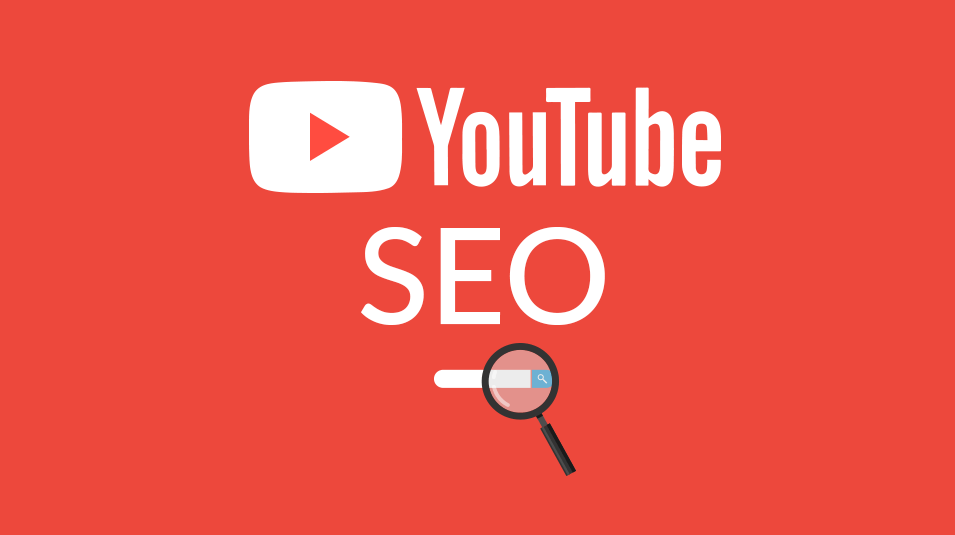
Introduction: In the digital age, having a strong online presence is crucial, and YouTube is no exception. With millions of videos uploaded every day, it's essential to optimize your YouTube channel to stand out. Search Engine Optimization (SEO) for YouTube can help your channel rank higher, gain more views, and attract a larger audience. In this guide, we'll take you through the steps to SEO your YouTube channel effectively.
Keyword Research: Start by conducting thorough keyword research. Use tools like Google Keyword Planner, YouTube's autocomplete suggestions, or third-party tools to identify relevant keywords in your niche. Look for keywords with a good search volume and low competition.
Optimize Your Channel Name: Your channel name should be relevant to your content and include your target keywords. It's the first thing viewers see, so make it memorable and informative.
Create an Engaging Channel Banner: Your channel banner is like a billboard for your brand. Use it to showcase your niche, brand colors, and style. Include a brief, keyword-rich description of your channel.
Craft a Captivating Channel Description: Write a detailed channel description that includes relevant keywords. Explain what your channel is about and what viewers can expect. Use this space to establish your expertise and credibility.
Customize Your Channel URL: Once eligible, customize your channel's URL to make it easy for viewers to find you. Ideally, your URL should match your channel name.
High-Quality Profile Picture: Upload a high-quality profile picture, typically your brand logo or a clear photo of yourself if you're the face of the channel. Ensure it's visually appealing and easily recognizable.
Organize Your Content: Create playlists to organize your videos by topic or theme. Use descriptive playlist titles and include keywords where relevant. Organized content makes it easier for viewers to find what they're looking for.
Video Title Optimization: Craft compelling video titles that include target keywords. Keep them concise and descriptive, enticing viewers to click and watch.
Write Detailed Video Descriptions: In your video descriptions, provide a summary of the video content. Include relevant keywords naturally, and consider adding links to your website or social media profiles.
Use Tags Wisely: Add relevant tags to your videos. Include primary and secondary keywords as tags. This helps YouTube's algorithm understand the content of your videos.
Create Eye-Catching Thumbnails: Design visually appealing thumbnails that accurately represent your video content. Use contrasting colors, large text, and images to grab viewers' attention.
Encourage Engagement: Engagement is key to YouTube SEO. Encourage viewers to like, comment, and subscribe. Respond to comments promptly to build a community around your channel.
Share Your Videos: Promote your videos on social media, embed them on your website or blog, and engage with other content creators in your niche.
Consistency is Key: Stick to a regular posting schedule to keep your audience engaged and encourage return viewers.
Analyze and Adjust: Use YouTube Analytics to track the performance of your videos and channel. Adjust your strategy based on what's working and what's not.
Conclusion: Optimizing your YouTube channel for SEO is an ongoing process. By following these steps and staying committed to delivering valuable content, you can improve your channel's visibility, attract more subscribers, and ultimately, achieve success on YouTube.
Remember, patience is essential in building a successful YouTube channel. Keep refining your approach, and over time, you'll see the results of your SEO efforts.
